What Makes Maintenance Repair and Operations (MRO) Programs Successful?
A survey of key MRO maintenance decision makers shows that users have many ways to manage service programs and spare parts. However, the key to success is an active and proactive approach with clear responsibilities regardless of who in the organization is involved.

Ever wonder how MRO decisions are made at your company? Maybe, maybe not. Unless, of course, that automated system or lift truck needs some untimely maintenance, and the day’s entire schedule is shot as a result. Worse yet, it’s the end of the quarter and the clock is ticking to midnight. Rapidly.
The good news is you aren’t the only one wondering how MRO decisions are made and what that means to your operations. The editors at Materials Handling MRO and Modern Materials Handling were more than a little curious, too. So they enlisted Peerless Research Group (PRG) to ask some questions of readers to assess the purchase decision process, utilization and practices regarding maintenance, repair and operations (MRO) products and services for warehouses, distribution centers and manufacturing facilities. The survey responses reflect the thoughts of people personally involved in the maintenance of automated systems as well as the purchase process for other MRO solutions for their companies.
The results might surprise you.
Who’s involved, why it matters
To begin, MRO is important to a broader range of people than you might have imagined. Plant management (23%), corporate management (18%) and DC/warehouse manager (12%) are the top three titles involved with MRO decisions. Also on the list are logistics directors/managers, purchasing people, industrial engineers and materials handling directors/managers.
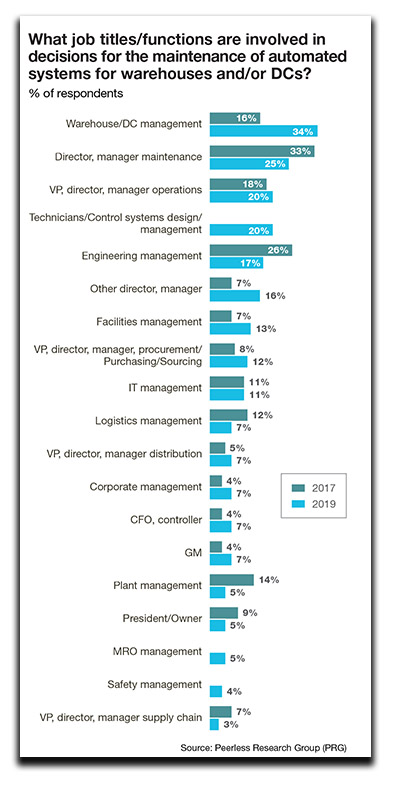 But how involved are any of these people, actually? Only 15% say MRO is their main responsibility. Nearly 50% say it’s one of their responsibilities. And a third of respondents say they have some input. Now you may have a better idea why it’s tough to pin down who exactly is responsible for MRO. Quite simply, it is far and away a shared responsibility.
But how involved are any of these people, actually? Only 15% say MRO is their main responsibility. Nearly 50% say it’s one of their responsibilities. And a third of respondents say they have some input. Now you may have a better idea why it’s tough to pin down who exactly is responsible for MRO. Quite simply, it is far and away a shared responsibility.
Consider how it works at facilities with automated systems. PRG found that a total of 19 different job titles raised their hand as being part of the decision-making process. The top two titles are warehouse/DC management (34%) and director/manager of maintenance (25%). Even general managers are involved but much less frequently (7%). Add up all the percentages in the chart at the left, and it’s quite clear that more than one of the 19 titles are involved at any single facility.
By now, you’re probably looking for some reassurance that MRO is important to your organization. It most certainly is. But there seems to be some wavering recently.
When PRG did this survey in 2017, 54% rated MRO as “extremely/very important.” This time around, that number dropped to 38%. Hmmm, that’s not exactly what we were hoping to see. In fact, only 6% previously said MRO was “not very important/not at all important.” The latest survey saw that rise to 21%.
The disappointing part of these dips is the clear importance of MRO to efficient facility operation.
When asked why MRO is important, here’s what three respondents who rated MRO extremely/very important had to say:
- MRO downtime hurts product delivery.
- Without proper MRO, our downtime is too high.
- It makes us successful with our customers.
- And, from one respondent who did not think MRO was especially important: Upper management fails to see the benefits of an MRO program.
How MRO performance fares
This brings up an interesting question: What do people think of the current process in their companies for handling MRO? As the chart shows, the answers here were broken into two segments: those that handled MRO only internally and those with a hybrid of internal and external resources.
Those rating their internal MRO as excellent dropped from 19% in 2017 to just 4% today. At the other end of the spectrum, poor ratings rose from 7% to 13%. Clearly,
internal MRO operations are not scoring as well as they did two years ago.
In fact, some comments here indicate as much. They ranged from “we have no real system in place yet” to “no one is really in control of MRO.” The most optimistic view was “it is efficient, but not perfect.”
For the hybrid approach, performance levels have improved since 2017. Excellent ratings rose from 7% in 2017 to 10% this time around. Meanwhile, the poor rating fell from 8% in 2017 to 0% today. That said, it’s worth noting that there was a huge swing in the fair
rating—from 3% in 2017 to 45% in 2019. That certainly bears watching.
As to comments about the hybrid approach, they are far more upbeat than those with internal processes only. While several noted there is room for improvement, two comments stood out in particular.
“We had 99% uptime last year, which is the sixth year in a row we have achieved this.”
But the strongest endorsement was: “All stakeholders take an active and proactive approach.” That combination is clearly a key element of a successful MRO program regardless of the number of people involved or their individual level of involvement.
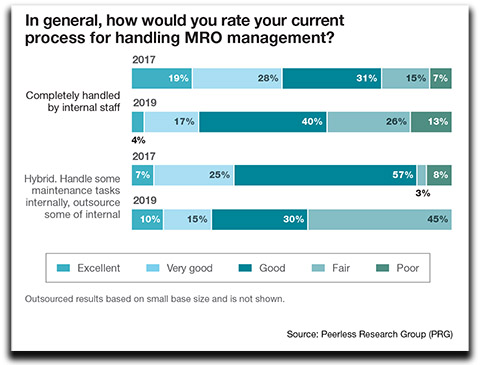 Take a look at charts on the next page to see what respondents think are the benefits of internal and external MRO management. Excellent inventory control and lower costs are key for those managing MRO internally. Meanwhile, external control allows companies to focus on their core business while improving spare parts inventory management and improving labor productivity. It seems that both do have distinct advantages that come down to execution in terms of performance levels.
Take a look at charts on the next page to see what respondents think are the benefits of internal and external MRO management. Excellent inventory control and lower costs are key for those managing MRO internally. Meanwhile, external control allows companies to focus on their core business while improving spare parts inventory management and improving labor productivity. It seems that both do have distinct advantages that come down to execution in terms of performance levels.
The next two charts offer a profile of MRO product use and buying plans.
As you can see, product usage has not changed much during the past two years. Furthermore, safety equipment is still at the top of the list while third-party services for automated systems are at the bottom.
When it comes to buying plans, the pattern is much the same. However, it’s worth noting that there is a little more volatility in buying plans today than just two years ago.
Managing parts and spend
Maintenance programs and schedules are one matter in MRO. But an equally big challenge is spare parts management. In fact, the survey identified six common problems.
Interestingly, there was not much flux in people’s views of these common problems across the two surveys. In three areas (inventory tracking needs improvement, buying parts already in stock, and waste) the problem is less of a problem this time around. Unfortunately, downtime, an inability to find parts and usage patterns all increased slightly.
And when it comes to buying spare parts, distributors are even more dominant, rising to 84% since the last survey (70%) as the primary buying channel. OEMs are up slightly (69%) while systems suppliers dropped 9% to 50%. Based on these numbers, MRO buyers are hedging their bets and sourcing from multiple organizations.
Then there’s the matter of consumables ranging from cleaning supplies to lubricants, rags and light bulbs. Looking forward, increased demand for cleaning supplies and light bulbs is expected in the year ahead.
Fortunately, it isn’t difficult to find consumables when needed. Sixty-one percent of respondents rated their ability to buy as very good and an additional 21% rated it excellent.
By the way, the average spend on MRO products and services is $4.73 million, up from $4.53 million in 2017. Remember, this is an average and 5% said their company spends more than $20 million annually. That’s a far cry from the 30% who spend less than $1 million. Going forward, 70% expect their MRO spend to hold steady in the coming year.
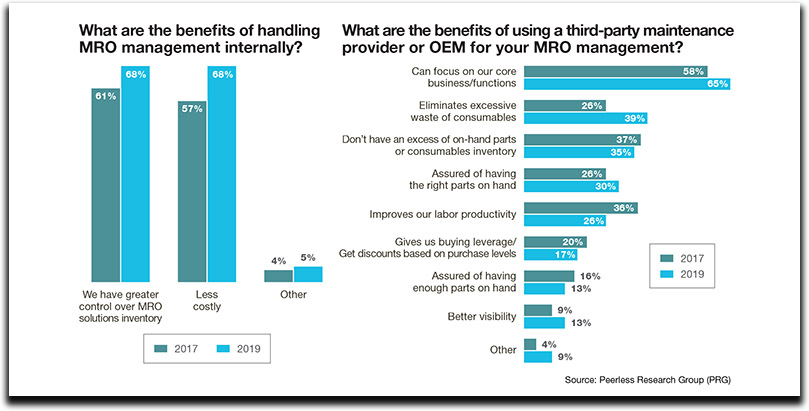
Perhaps what is more telling is the percentage of overall supply chain spend on MRO maintenance. Just more than half of respondents spend less than 3%. And 7% spend more than 10% of all supply chain expenditures on MRO.
Just more than half say they have a formal budget for MRO expenditures. However, the budgets are only rarely controlled by either supply chain or facility operations. Instead, corporate controls the budget 48% of the time with division control at 26%.
From automation to trucks
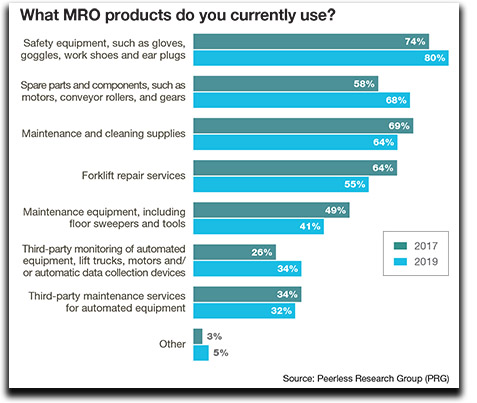 Two areas that always get close attention when it comes to maintenance are automated systems and lift trucks.
Two areas that always get close attention when it comes to maintenance are automated systems and lift trucks.
About half of those surveyed have automation in their facility. When they were asked if automated systems are becoming harder to maintain, 21% now say they agree compared to 27% previously. Meanwhile, 28% disagreed, a significant shift in the positive direction from 15% in 2017.
When it comes to finding technicians with the right skills, 30% say it is tough to find them compared to 37% previously. Those that disagreed was stable survey to survey. However, 42% now say they neither agree nor disagree, a jump from 34% in 2017.
When it comes to forklifts, survey respondents have an average of 18 in their fleet. About a third have fewer than four while 18% have 50 or more.
Almost all (96% to be precise) rely on preventative maintenance to keep their fleet up and running. Only 34% rely on in-house staff for maintenance with 60% outsourcing to OEM forklift dealers. Others outsource to maintenance/service contractors.
And, for the most part, they are generally pleased with the service they are getting. Eighty percent rate their MRO management as efficient with the other 20% evenly split between not efficient and highly efficient.
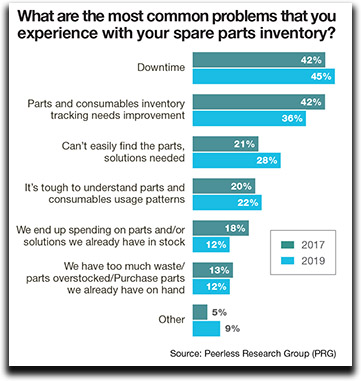
When it comes to buying parts in the next year, respondents predominantly (70%) prefer working directly with OEM-authorized dealers, dealer representatives or an OEM program. About half of purchases are handled online.
As you can see, MRO maintenance programs from service programs to parts matter but are quite diverse. The leading organizations are proactive with key people fully involved. After all, when MRO maintenance fails so does the rest of the organization.
Maintenance, Repair & Operations Products and Accessories
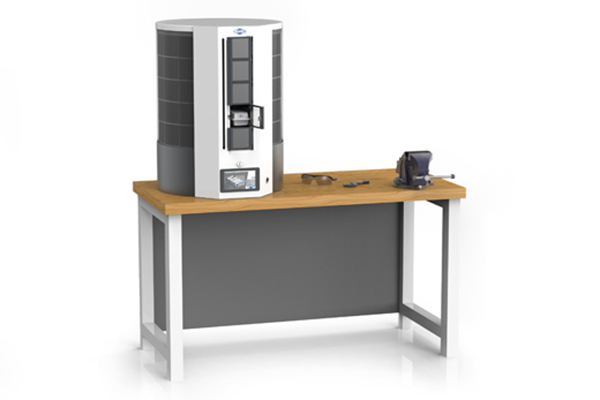 UNIBASE-S single automatic dispenser
UNIBASE-S single automatic dispenser
Optimize consumables management with dispensing device.
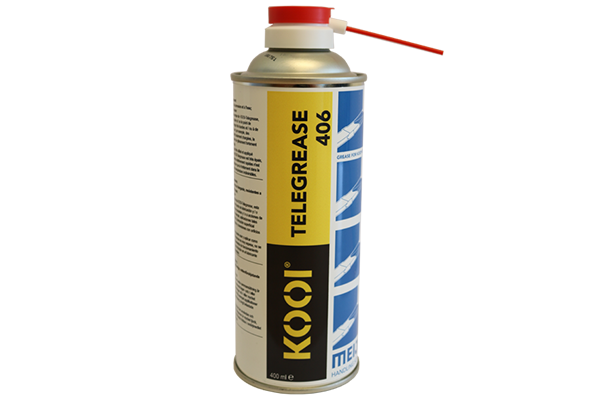 Telegrease lubricant
Telegrease lubricant
Lubricant ideal for extreme load capacities.
 Fluid Mechanics Calculator app
Fluid Mechanics Calculator app
Calculate fluid mechanics across different applications.
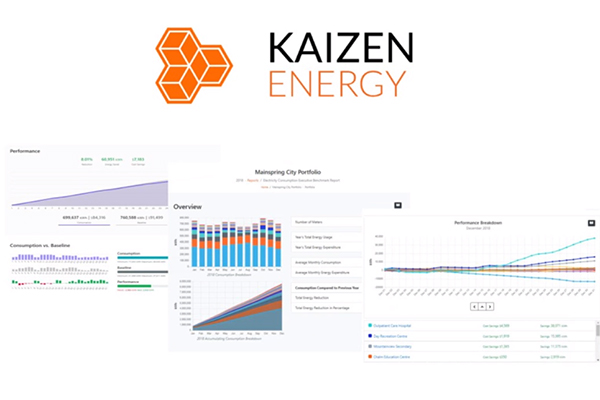 Kaizen Energy information system
Kaizen Energy information system
Building and portfolio energy information system.
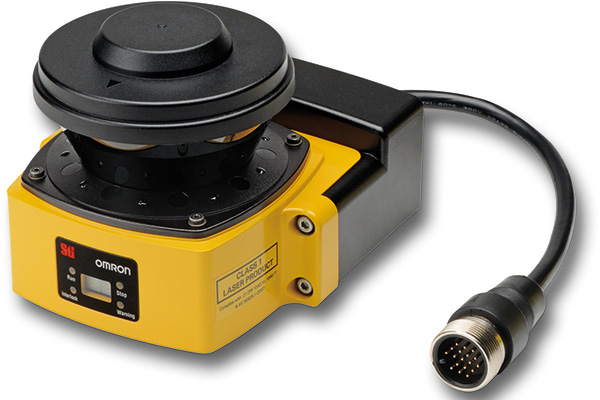 OS32C-4M Type 3 safety laser scanner
OS32C-4M Type 3 safety laser scanner
Safeguard robotic cells, personnel, with laser scanner.
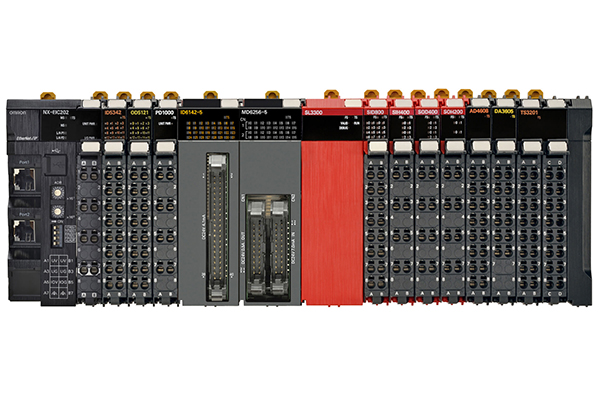 NX series safety controllers
NX series safety controllers
Controller uses single network, connection and software.

Article Topics
MRO News & Resources
Avidbots showcases autonomous cleaning robots Traka exhibits modular lockers MRO Survey: Finding and keeping the best technicians Maintenance, Repair and Operations: Understanding the true condition of the equipment Newly formed Bison combines AMETEK DFS and Bison Gear and Engineering Corp. Building (and maintaining) your maintenance, repair and operations (MRO) tech workforce The power side of lift truck battery and charger maintenance More MROLatest in Materials Handling
Registration open for Pack Expo International 2024 Walmart chooses Swisslog AS/RS and software for third milk processing facility NetLogistik partners with Vuzix subsidiary Moviynt to offer mobility solutions for warehouses Materials Handling Robotics: The new world of heterogeneous robotic integration BSLBATT is looking for new distributors and resellers worldwide Lucas Watson appointed CSO for Körber’s Parcel Logistics business in North America Hyster recognizes Dealers of Distinction for 2023 More Materials HandlingSubscribe to Materials Handling Magazine

Find out what the world's most innovative companies are doing to improve productivity in their plants and distribution centers.
Start your FREE subscription today.
April 2024 Modern Materials Handling

Latest Resources


 Learn more about Peerless Research Group and the industry trends they have discovered through extensive research.
Learn more about Peerless Research Group and the industry trends they have discovered through extensive research. 







